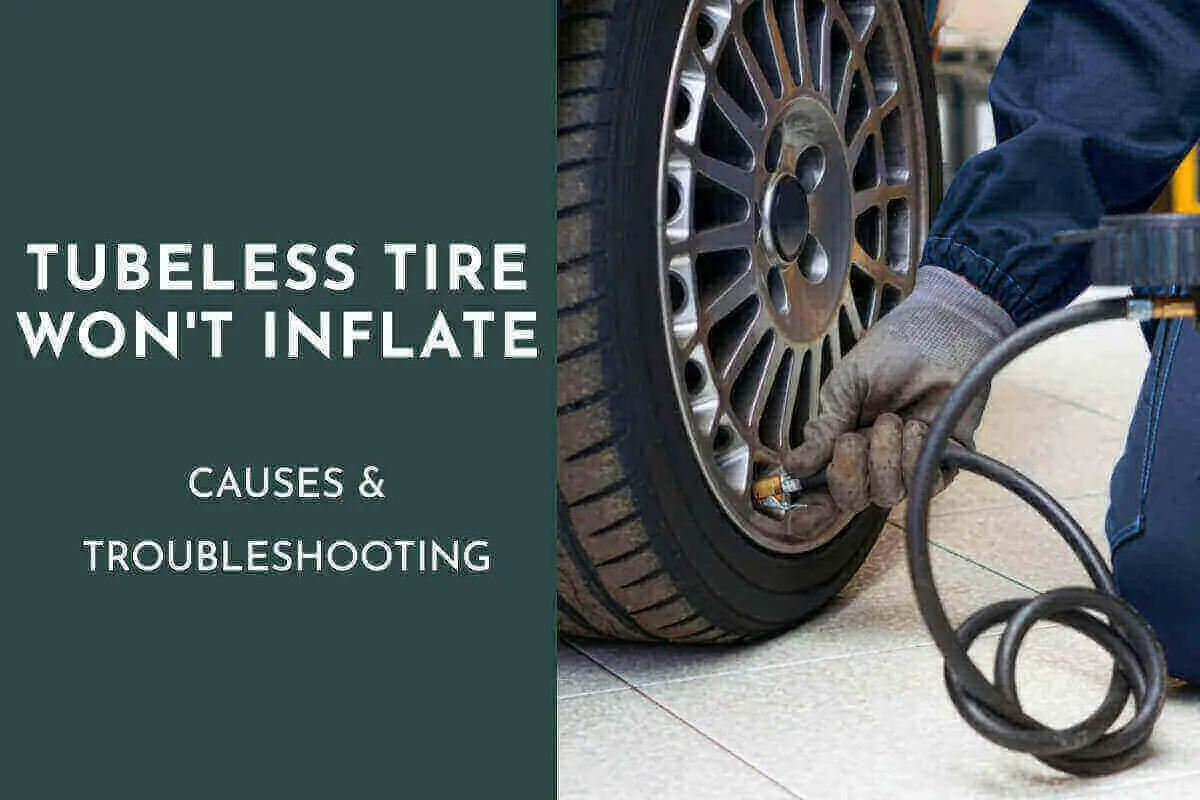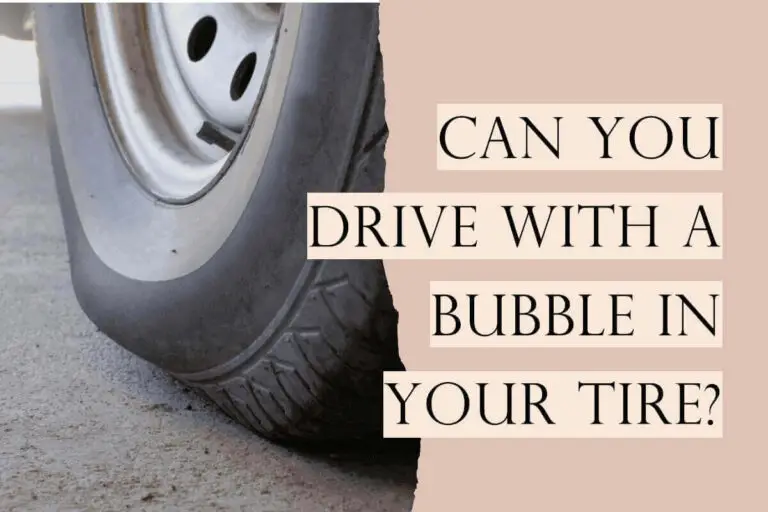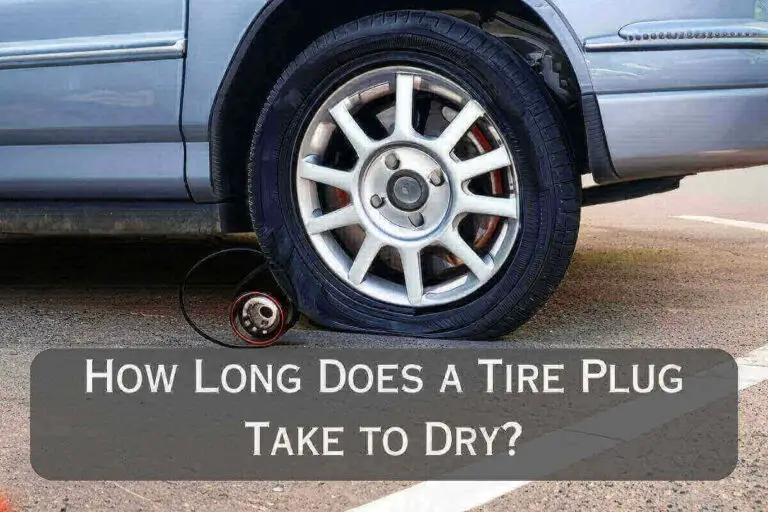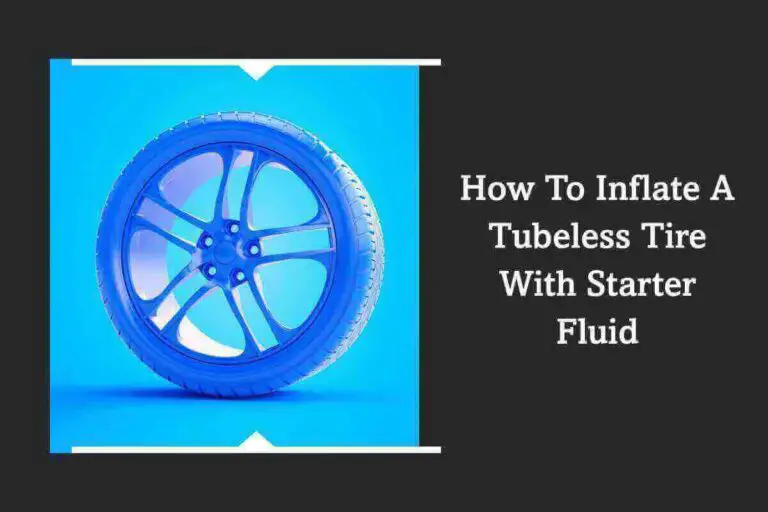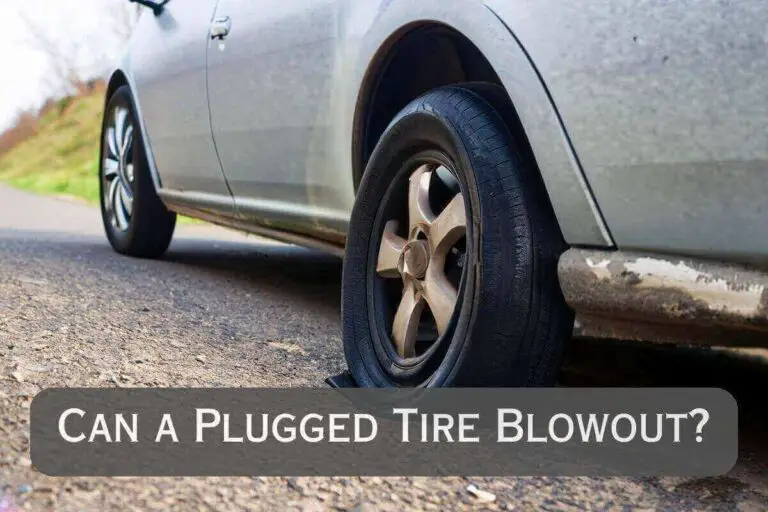Do you have a tubeless tire that won’t inflate? You’re not alone! Many riders find themselves in a situation where their bike or car tires refuse to stay inflated. It can be incredibly frustrating and finding the cause of the problem can be difficult.
We will provide an overview of the causes and some tips for maintenance that could get you back on the road quickly.
Causes of Inflation Problems
When it comes to a tubeless tire failing to inflate, there are many potential causes. Inflation problems can be due to external and internal issues with the tire itself and improper inflation techniques.
1. External Issues
External factors such as damage from road debris or extreme weather can lead to punctures in the tire, which prevent air from entering or escaping. If too much pressure is applied when installing the valve stem into the wheel rim, it can cause an airtight seal that does not allow any air flow either in or out of the tire.
2. Internal Issues
Internal issues causing inflation problems may include a faulty valve stem, poor-quality rubber inside the tire, or an inconsistent bead on the wheel rim that prevents an adequate seal.
Tubeless Tire Won’t Inflate
Tubeless tires are becoming increasingly popular for their ability to improve the ride quality and safety of a bike dramatically. However, when a tubeless tire won’t inflate, it can be incredibly frustrating to figure out what’s wrong.
Here are the steps on how to inflate a tubeless tire that is not sealed on the rim:
Step 1: Prep the Tire and Rim
Begin by laying the wheel on its side and checking that the rim is free of any dirt, debris, or sharp objects. If anything is found, use a wire brush to remove it. Be sure to also check for burrs or jagged edges inside the rim bed, which can prevent an airtight seal when mounting the tire.
It’s also important to inspect all spokes for potential weak spots and ensure they are properly tensioned so that no gaps exist between them and the nipple holes in the rim bed. Next, use rubbing alcohol with a clean cloth to wipe down both sides of each bead on the tire, as some rubber compounds have oils that can cause sealant failure when inflated.
Step 2: Install the Tire
To install the tire, begin by preparing the rim of the wheel. Check if the rim has any burrs or irregularities that may interfere with proper inflation. If needed, use sandpaper or emery cloth to smooth out any rough spots on the surface of the rim.
Step 3: Add Sealant & Remaining Air
Next, place a thin layer of sealant around the inside of your new tire before carefully sliding it onto your wheel’s rim. Ensure that you are careful not to pinch or damage any part of your tire during this process. Once installed, use an air compressor or hand pump to inflate your new tubeless tire until it reaches its recommended inflation pressure as specified in its manual.
Step 4: Check for Leaks
First, use a soapy water solution to thoroughly spray down the surface of the bead and valve stem area. If there are leaks, bubbles will appear where the leak is coming from. Pay attention to all areas on both sides of the tire – any small crack or hole can affect how much air escapes over time.
If a leak is detected, apply some rubber cement around it and allow it to dry completely before inflating again. It should take care of most minor punctures and cracks that might occur while riding and help make sure your tubeless tires won’t deflate when you need them most.
Step 5: Adjust the Pressure
For many cyclists, the last challenge in their quest to convert to tubeless tires is adjusting the pressure. While it may seem daunting initially, following a few simple steps can adjust your tire pressure a breeze.
Locate the valve and unscrew its core before attaching the pump nozzle. Next, check that there’s enough sealant in your tire by pushing down on both sides of the bead to ensure they are equally seated against the rim walls and that there are no leaks around them.
Once you’ve determined everything is sealed properly, add air until you reach your desired psi rating, as indicated by a quality tire gauge. A digital tire gauge is recommended for accuracy during this step.
Pros of Tubeless Tires
Tubeless tires are becoming increasingly popular with cyclists looking for quality and reliable tires. Not only are they more affordable than traditional ones, but they also offer many benefits to those who ride them. Here are some of the pros of tubeless tires:
- Tubeless tires provide a smoother and more efficient ride thanks to their design which eliminates friction between the wheel and tire.
- It means you can enjoy a comfortable ride without worrying about your wheels slipping or adjusting your pressure levels constantly.
- It also gives you greater control over your bike as it handles better in different conditions – whether on flat surfaces or rougher terrain.
- It provides superior puncture protection due to its thicker construction.
- It makes them ideal for longer rides where you’re likely to encounter debris that could damage regular tires.
- It’s also worth noting that they have a lower rolling resistance which helps to improve your mileage.
Cons of Tubeless Tires
Tubeless tires offer many advantages over traditional tires but can also have drawbacks. Many people opt for tubeless tires for convenience and cost-effectiveness; however, there are some cons to consider before making the switch.
- One of the biggest disadvantages of tubeless tires is that they won’t inflate as quickly as regular inner tube tires.
- It is because air can escape through small holes in the tire casing, and it takes more force to keep them inflated than standard inner tubes.
- Tubeless tires don’t have an inner tube to contain the pressure and are more prone to punctures and damage from road debris or other hazards.
- It means regular maintenance will be necessary to keep them properly inflated and in good condition.
- It is also important to use the correct air pressure, which will vary depending on the tire size.
- They are more expensive than inner tube tires. The cost difference can be significant if you need to replace your entire set of tires.
Tips for Maintenance
Maintaining your bike or cycle is essential for a safe and enjoyable ride, but sometimes things can go wrong. If you find that your tubeless tire won’t inflate, there are simple steps you can take to get back on the road quickly.
Here are some tips to help ensure proper maintenance of your bike and its components, so you can avoid ending up in this situation again.
- The first step is ensuring your rims and tires are properly installed.
- Check the bead seat area of the rim for sharp edges that might be causing a leak or puncture.
- Also, inspect the tires for any cuts or tears that could prevent inflation.
- Pay special attention to the valve stem, as these often require replacement after long periods of use.
- If all else fails, you may need to completely replace your tubes or tubeless setup.
Precautions While Using Tubeless Tire
Tubeless tires are becoming increasingly popular among cyclists due to their superior traction, comfort, and speed. But as with any tire, they come with their own set of risks. Cyclists must take the necessary precautions when using tubeless tires to ensure a safe and comfortable ride.
- The first precaution to consider when using tubeless tires is to check the tire pressure before each ride.
- The pressure must be within the manufacturer’s guidelines, which can usually be found on the sidewall or in the manual for your bike’s make and model.
- Inspect your rims for signs of damage, such as cracks or dents, which could cause air to escape from your tire and cause it not to inflate properly.
- If you find any issues, have a professional look at them before continuing with your ride.
Conclusion – how to inflate a tubeless tire that is not sealed on the rim
This article concludes that tubeless tires are only sometimes the ideal solution for every situation. While they offer several advantages, such as being more puncture-resistant and allowing riders to run lower tire pressures without fear of pinch flats, they can often be difficult to inflate.
Some people may also find themselves needing to carry around extra sealant to make sure their tire stays properly inflated. Ultimately, it is up to each rider to decide if the benefits outweigh the drawbacks when using tubeless tires.
Traditional clincher tires may be the better option for those looking for a no-hassle solution that does not require extra maintenance or hassle with inflating. I hope this article on “Tubeless Tire Won’t Inflate” has been helpful.
FAQs
How To Inflate A Tubeless Bike Tire That Is Not Sealed On The Rim?
You’ll need to use an air compressor to inflate a tubeless bike tire that is not sealed on the rim. Make sure the nozzle of the compressor is securely attached to your tire’s valve stem, and then turn it on. Once you hear a hissing sound, add air until the tire is inflated to your desired pressure. Be careful not to overinflate, as this can cause damage to your tire.
How Do You Inflate A Tire That Won’t Inflate?
If your tire won’t inflate, the first thing to do is check the valve stem. Make sure it’s not blocked or damaged in any way. If it looks okay, try using a different pump or compressor to see if that helps. If not, you may need to take the tire off and inspect it for any punctures or leaks. If you find any, patch them up with a tire repair kit and then re-inflate the tire.
How Do You Seat A Stubborn Tubeless Tire?
Start by adding sealant to the tire and then use a floor pump to inflate it. If you don’t have a floor pump, an air compressor can work too. Make sure to inflate it slowly, so the tire’s bead has time to seat properly. If it’s still not sitting correctly, you can try using a tire lever or even rubbing soapy water around the tire’s rim. It should help the bead of the tire seat properly.
Why Is My Tubeless Tire Not Pumping Up?
It could be a few things. First, check the valve stem and make sure it’s not blocked or damaged. If that looks okay, then it might be a sealant issue – try adding more sealant to the tire and see if that helps. If not, you may need to replace the tire with a new one.
Why Won’t My Tubeless Tires Hold Air?
There are a few possible reasons. It could be an issue with the tire sealant, the rim tape, or the valve stem. Make sure all of these components are properly installed, and there is no damage to any of them. If everything looks okay but still won’t hold air, you may need to replace the tire or tube.

